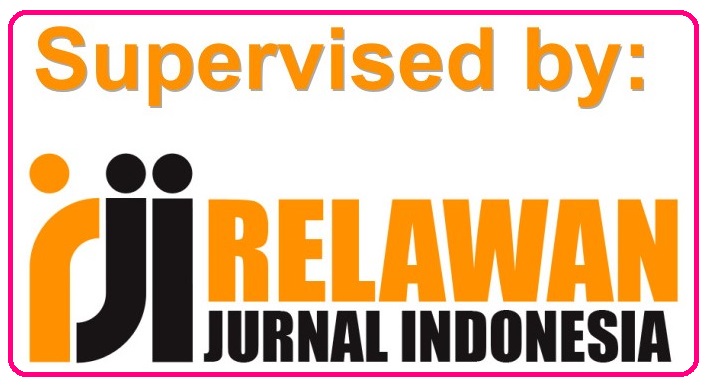Author Guidelines
JOURNAL SCOPE
Siklus: Jurnal Teknik Sipil is a forum for disseminating information on scientific writings in Civil Engineering. Published by Program Studi Teknik Sipil, Fakultas Teknik, Universitas Lancang Kuning.
LANGUAGE
The manuscript is written in either Indonesian or standard English.
NATIONAL STRUCTURES
The composition of the manuscript contains the title, abstract (in Indonesian and English), introduction, literature review, Research methods, discussion, conclusions and bibliography and written without the use of subtitles. The title briefly and clearly indicates its contents, written boldly in Indonesian or English. The number of word titles up to 12 words. Writing the title of the article is suggested using Bahasa Indonesia in accordance with the Enhanced Spell (EYD). If there are words in English, it is written in Italic format. Below the title is the name of the author (without a degree), the institution, Address of institution/affiliate as well as the email address.
ABTRACT Abstracts are written in Indonesian and English, abstract in English is written italic, and Abstract / Abstract contains problems, methodology, and results. Abstract / Abstract contains a maximum of 250 words and comes with keywords/keywords as many as 3-5 words written underneath.
INTRODUCTION contains the background, formulation of the problem and the limits of the problem objectives, and the benefits of the research.
LITERATURE REVIEW includes the theory used as reference material for the study. Library citations must be in the Bibliography and Bibliography must have sensitivity in the text. The bibliography only contains libraries that are really cited in the article script. Citation writing consists of the author's last name and the year of publication.
RESEARCH METHODS include location and time of research, data collection techniques, data analysis methods and formulas or equations used in data analysis. The methodology also includes explanations based on scientific characteristics (rational, empirical and systematic) with the objectives of the latest research results, materials and equipment, and methods used (including analysis tools), description of procedures performed, description of mathematical formulas and detailed explanation of methods.
RESULTS AND DISCUSSION describes the results of qualitative and/or quantitative analysis with emphasis on the answer to the problem.
RESULTS AND DISCUSSION should be written clearly and densely. To be clearer, the results of analysis and evaluation can use equations, graphs, images, and tables. For graphics, you can follow the format for images. Analysis and evaluation of the data in accordance with the formula of the results of theoretical studies conducted. The results must answer the problems and objectives of the study. The discussion is written concisely and focuses on the interpretation of the results obtained and is not a repetition of the results section. Discussion of the results of research and testing obtained is presented in the form of theoretical descriptions, both qualitatively and quantitatively.
CONCLUSION contains a brief statement of results extracted from the discussion. Suggestions can be written at the very end.
BIBLIOGRAPHY The bibliography lists the readings referred to in the main text. References that are referred to no later than the last 10 (ten) years from the year the writing was made. The bibliography is written in the Times New Roman12-point letter. Quotes and References are written according to APA.
DELIVERY NUMBERS
The manuscript is sent to a double Editor accompanied by softcopy (typed in MS Word is recommended) and a written Statement has never been published in another publication.
Download Author Guidelines here










_.jpg)


